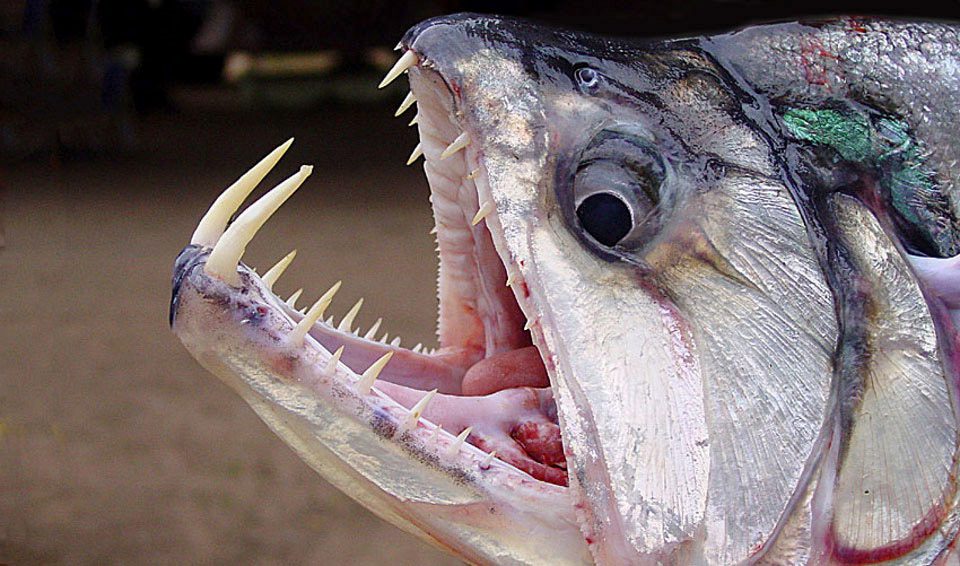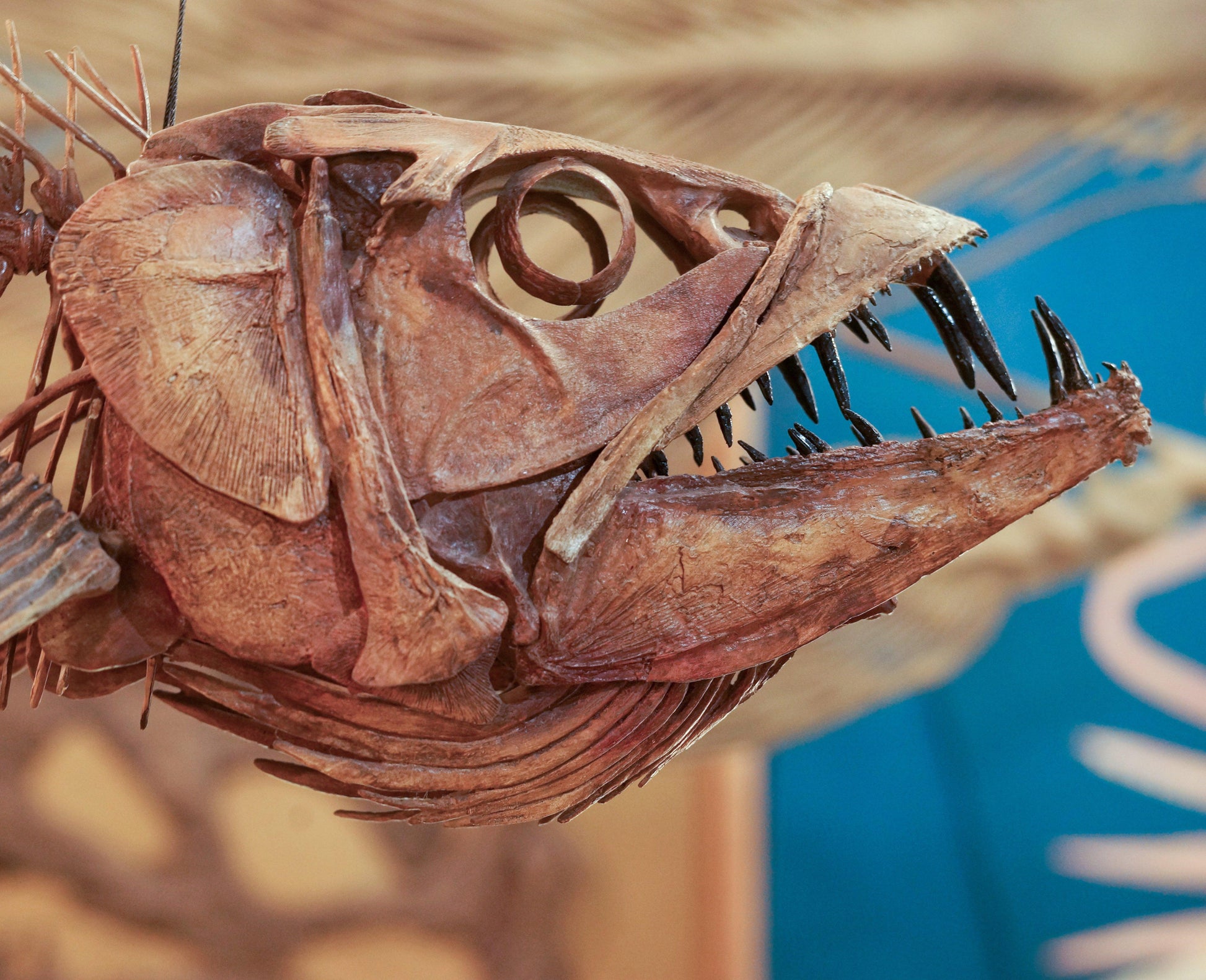|
|
Post by Infinity Blade on Sept 3, 2024 5:20:46 GMT 5
Maybe an unusual request, but does anyone know of any studies on the mechanisms of horsefly or deerfly mouthparts? I would look for one myself but I get really grossed out by the far too common images on the internet of horseflies and deerflies biting people. There's a 1951 study that goes into horsefly anatomy, with a section that goes into mouthparts. I have full access to it with a JSTOR account; if you can't access it, I might just send you screenshots of the relevant section. www.jstor.org/stable/25077628This publication below can be accessed via Sci-Hub, and it goes somewhat into the mouthpart function of Philoliche. www.sciencedirect.com/science/article/abs/pii/B9780128140437000169 |
|
|
|
Post by dinosauria101 on Sept 3, 2024 5:51:59 GMT 5
Maybe an unusual request, but does anyone know of any studies on the mechanisms of horsefly or deerfly mouthparts? I would look for one myself but I get really grossed out by the far too common images on the internet of horseflies and deerflies biting people. There's a 1951 study that goes into horsefly anatomy, with a section that goes into mouthparts. I have full access to it with a JSTOR account; if you can't access it, I might just send you screenshots of the relevant section. www.jstor.org/stable/25077628This publication below can be accessed via Sci-Hub, and it goes somewhat into the mouthpart function of Philoliche. www.sciencedirect.com/science/article/abs/pii/B9780128140437000169Thank you very much, the Sci-Hub publication is quite informative from what I have read  . I didn't previously know Philoliche had mouthparts like it does, for example. When I finish that and get to the JSTOR study, I'll ask you if I don't have access. Appreciate that you might be able to send screenshots. |
|
|
|
Post by Supercommunist on Oct 12, 2024 2:21:41 GMT 5
Any reason why sabre fangs usally are positioned on the top jaw while tusks are often on the lower jaw? Payara are the only sabre tooth predator that has bottom sabers rather than top ones.  |
|
|
|
Post by dinosauria101 on Oct 12, 2024 4:53:01 GMT 5
Any reason why sabre fangs usally are positioned on the top jaw while tusks are often on the lower jaw? Payara are the only sabre tooth predator that has bottom sabers rather than top ones.  As a fan of the payara, thank you for posting that excellent picture.  |
|
|
|
Post by Shri devi on Oct 13, 2024 2:48:03 GMT 5
Any reason why sabre fangs usally are positioned on the top jaw while tusks are often on the lower jaw? Payara are the only sabre tooth predator that has bottom sabers rather than top ones.  My own SPECULATION would be that since most terrestrial sabertooth predators use their necks in delivering the killing bite to some extent, it makes more sense to have upper jaw sabers since the skull is more directly connected to the neck than the mandible is. |
|
|
|
Post by Infinity Blade on Oct 13, 2024 9:16:00 GMT 5
Any reason why sabre fangs usally are positioned on the top jaw while tusks are often on the lower jaw? Payara are the only sabre tooth predator that has bottom sabers rather than top ones.  I feel like, at least for terrestrial predators, it's a lot easier to just stab downwards with saber teeth on the upper jaw. If they're on the lower jaw, then a lot of their driving force has to come from the jaw adductors. The jaw adductors might be compromised in strength anyway by the fact that the animal needs to open its mouth really wide to be able to deploy those saber teeth, and I don't think jaw muscles like that will ever be able to generate as much force as a whole neck designed to forcefully stab down. Now, true, there is an animal alive today that has huge lower canines, opens its mouth really wide, and can bite pretty hard.  But hippos are not predators (at least not anywhere near to the extent that any sabertooths were), and so they don't need to routinely catch and kill anything. Their jaws and teeth are largely for fighting each other, and in the case of competing males, ritualistically. A lot of hippo fighting consists of slashing with the lower canines and locking the forward-pointing tusks like antlers as opposed to biting (although obviously biting does happen). A sabertooth, on the other hand, is under pressure to evolve a feeding apparatus that swiftly and surgically – and CONSISTENTLY – kills prey in conjunction with the powerful forelimbs holding it in place. And so it makes sense that they evolved the more optimal solution. With aquatic predators like the payara, obviously stabbing downward doesn't work underwater (yes, walruses are aquatic and have giant upper tusks, but they use those for hauling themselves up on ice, and occasional anti-predator defense). So the next best thing would be to have them on the lower jaws. Incidentally, Enchodus has a pair of impressive upper AND lower jaw fangs.  |
|
|
|
Post by theropod on Oct 16, 2024 20:23:31 GMT 5
Some Temnospondyls also have greatly enlarged fangs in the lower jaw. But generally, as to the importance of the neck muscles in sabre-toothed predators in the stricter sense, fully agreed with the above. Generally adductor muscles aren’t a good way of delivering teeth that require extreme gape angles to bite something, because these angles will make it hard to impossible to deliver strong adductor-driven bites.
|
|
|
|
Post by mechafire on Oct 17, 2024 12:46:44 GMT 5
Any reason why sabre fangs usally are positioned on the top jaw while tusks are often on the lower jaw? Payara are the only sabre tooth predator that has bottom sabers rather than top ones.  I feel like, at least for terrestrial predators, it's a lot easier to just stab downwards with saber teeth on the upper jaw. If they're on the lower jaw, then a lot of their driving force has to come from the jaw adductors. The jaw adductors might be compromised in strength anyway by the fact that the animal needs to open its mouth really wide to be able to deploy those saber teeth, and I don't think jaw muscles like that will ever be able to generate as much force as a whole neck designed to forcefully stab down. Now, true, there is an animal alive today that has huge lower canines, opens its mouth really wide, and can bite pretty hard.  But hippos are not predators (at least not anywhere near to the extent that any sabertooths were), and so they don't need to routinely catch and kill anything. Their jaws and teeth are largely for fighting each other, and in the case of competing males, ritualistically. A lot of hippo fighting consists of slashing with the lower canines and locking the forward-pointing tusks like antlers as opposed to biting (although obviously biting does happen). A sabertooth, on the other hand, is under pressure to evolve a feeding apparatus that swiftly and surgically – and CONSISTENTLY – kills prey in conjunction with the powerful forelimbs holding it in place. And so it makes sense that they evolved the more optimal solution. With aquatic predators like the payara, obviously stabbing downward doesn't work underwater (yes, walruses are aquatic and have giant upper tusks, but they use those for hauling themselves up on ice, and occasional anti-predator defense). So the next best thing would be to have them on the lower jaws. Incidentally, Enchodus has a pair of impressive upper AND lower jaw fangs.  It can maybe also be said that herbivorous mammals just have the better anatomy for the evolution of long lower fangs. Very long teeth require a very wide gape, which is aided through a reduced coronoid process. Carnivorans tend to rely on the temporalis muscle, which is attached to the coronoid, and the muscle’s mechanical advantage would be decreased if the coronoid wasn’t as long. Herbivores get their chewing power mostly from the masseter, with way more area for muscle attachment on the ramus. So there’s no reduction in biting strength. Sabertoothed carnivores would still not have fed like an herbivore, so there might be less pressure to evolve an herbivorous jaw muscle arrangement if the same biting strength can be generated some other way. |
|